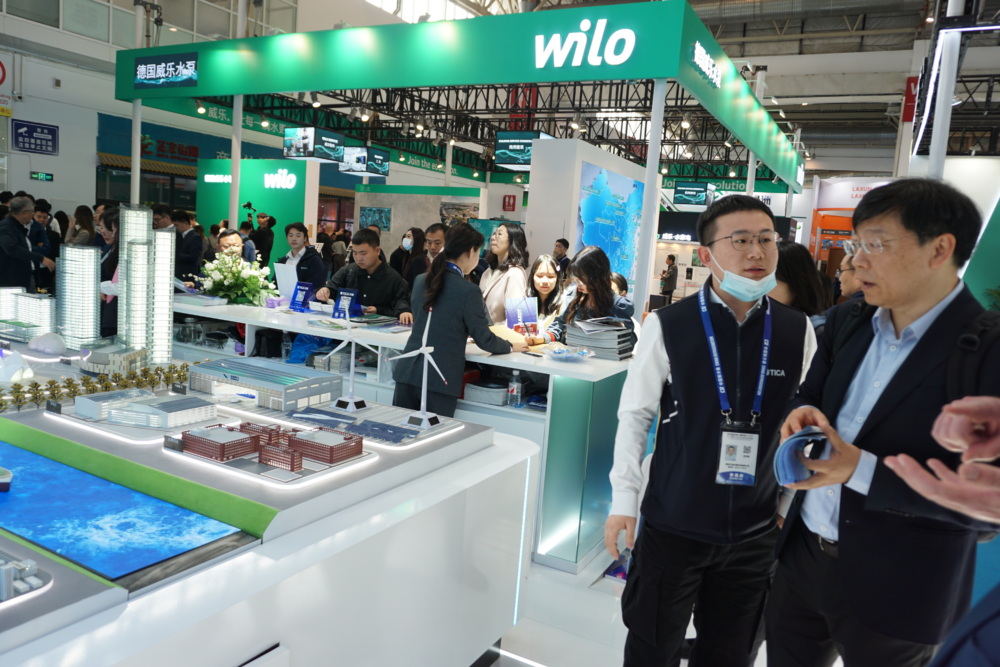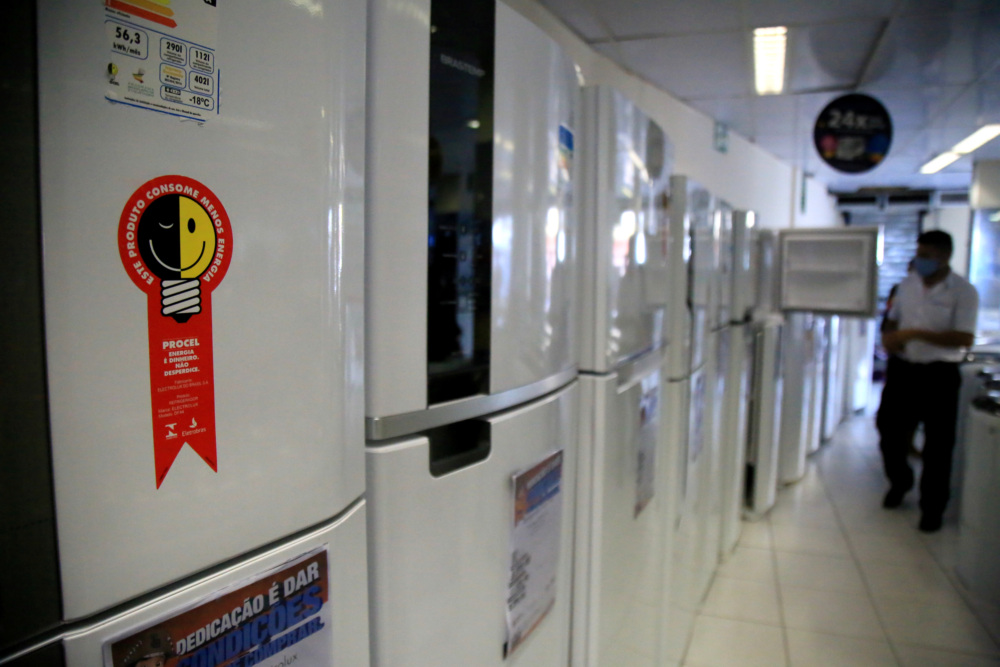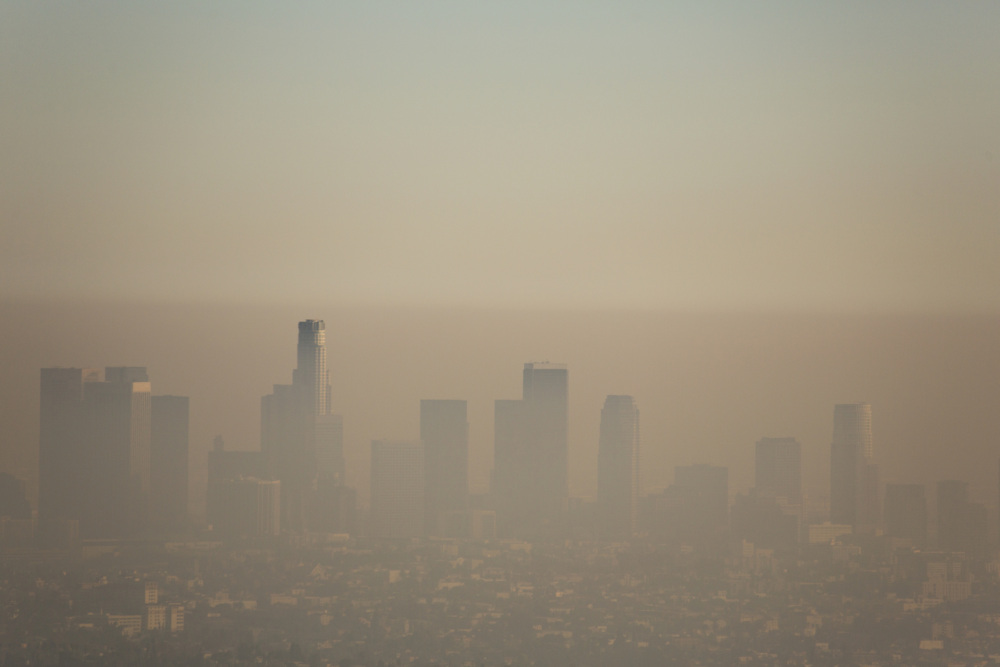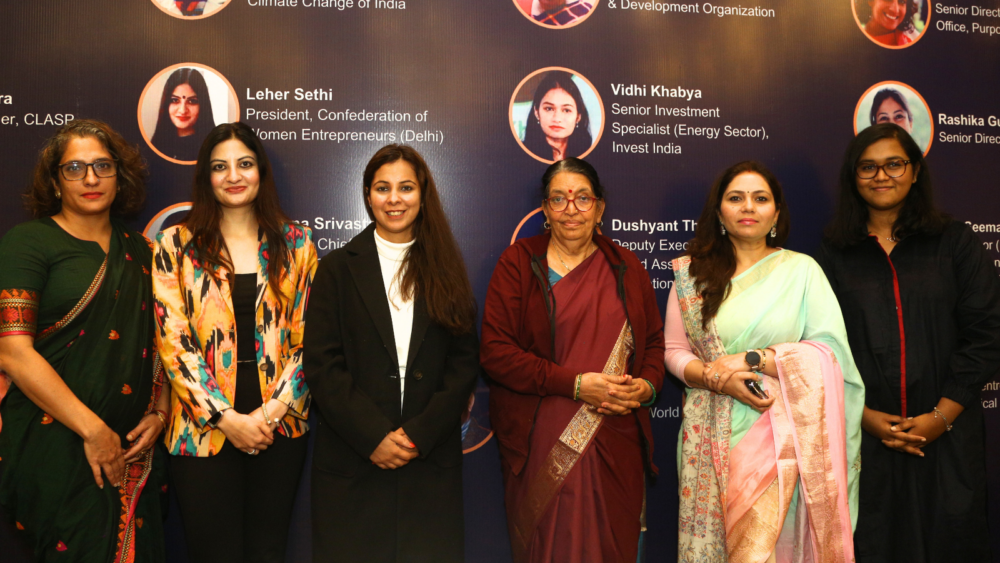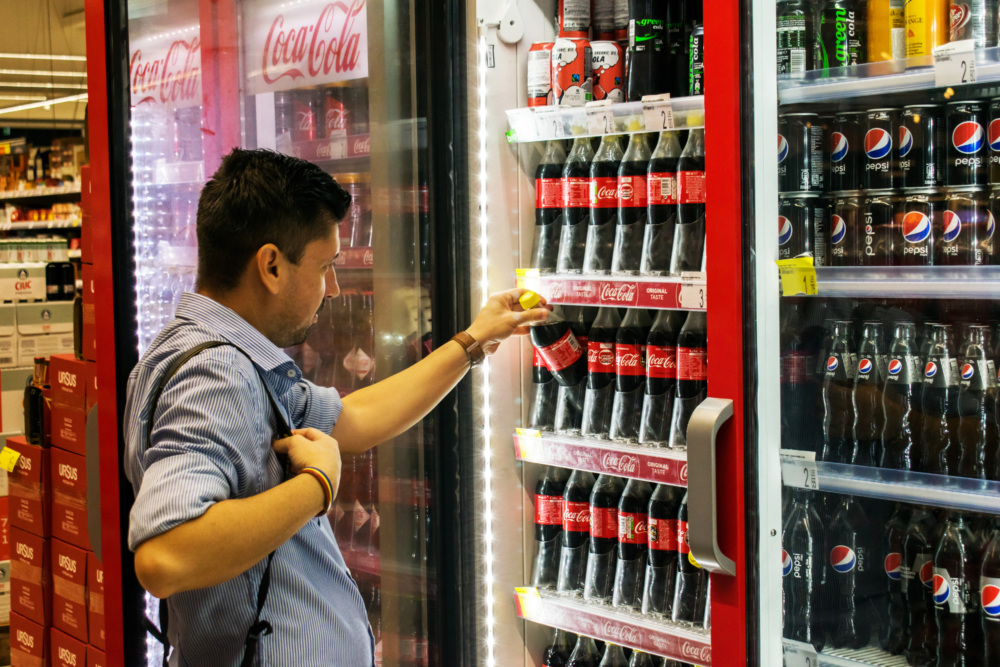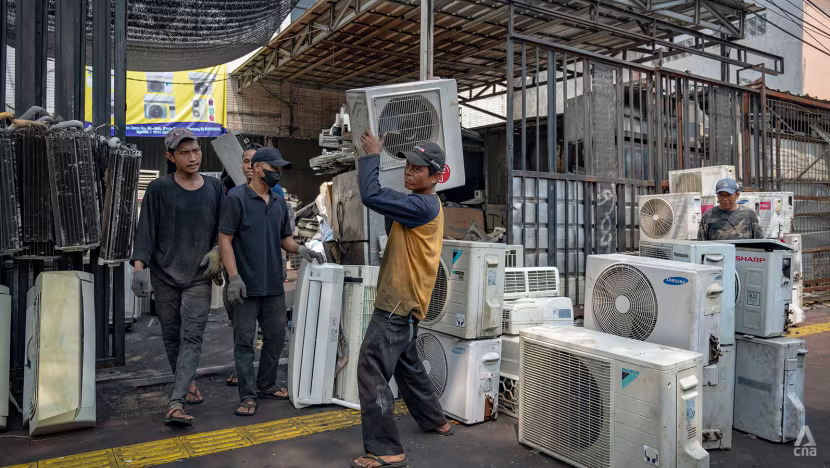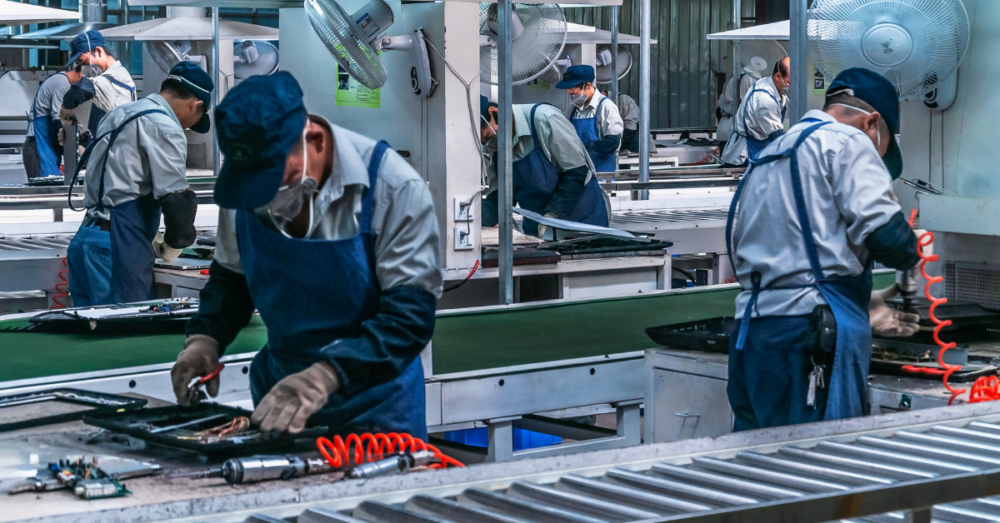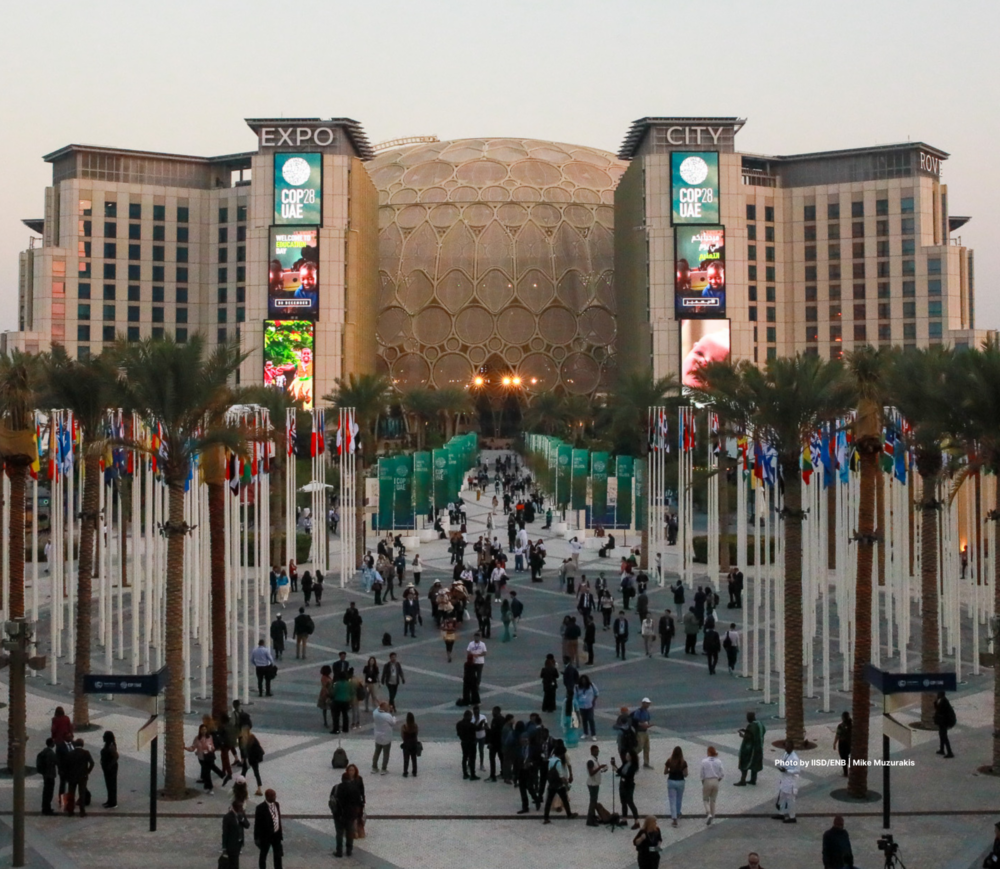What Happens to the Mercury in Your Fluorescent Lamps?
California has an opportunity to accelerate the transition to clean, modern, mercury-free LED lighting through the passage of AB-2208 which would effectively eliminate all compact fluorescent lamps (CFLs) lighting in the state beginning in 2024 and linear fluorescent lamps (LFLs) in 2025.
All fluorescent light bulbs contain mercury, a neurotoxin listed by the World Health Organization as a top 10 chemical of major public health concern. When fragile fluorescent glass bulbs break, the mercury inside disperses in the air allowing it to enter the lungs and blood quickly, potentially resulting in long-term health impacts for any living thing exposed to it.
Do you know what to do if a fluorescent lamp breaks in your home?
There is no “safe” level of exposure to mercury. When a lamp breaks in your home or office, the clean-up recommendations detailed by the EPA are above and beyond what most people are aware of and prepared to do, including immediate evacuation, ventilating the room for several hours, shutting off central heating and cooling to avoid mercury dispersion, collecting all contaminated materials (clothing, protective gloves, rugs) in a sealed plastic container – following the state law for disposal of fluorescents.
In California, where fluorescents are still readily available, citizens and the environment are at risk of mercury exposure and the higher costs associated with using an inefficient, outdated technology. From production to recycling, mercury-containing fluorescents put Californians and others at unnecessary risk.
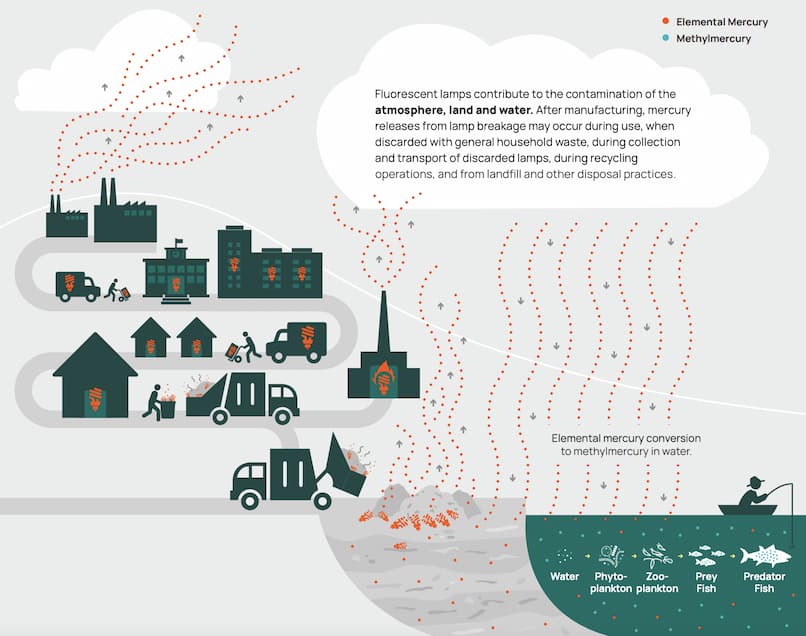
The life and death of a fluorescent lamp
Mercury released from fluorescents contaminates the atmosphere, land, and water. Breakage can occur at any point in the lamp’s lifecycle: during manufacturing or installation; when spent lamps are mixed in with general household waste; during collection, transport, processing, or recycling of discarded lamps; or when lamps are landfilled, incinerated, or illegally dumped.
When emitted to the air, mercury can be transported globally in the atmosphere for up to a year, ultimately settling on land or in water. The chemical can be washed from the soil into surface waters and accumulates up through the food chain into the fish people eat.
The impacts of mercury toxicity are not equitable
Exposure to the mercury from a broken lamp is especially dangerous for children and pregnant people. Infants and toddlers are likely to be most exposed when a lamp breaks, especially in an unventilated space, because the vapors concentrate closer to the ground where babies crawl and play. Exposure to mercury early in life not only results in a higher relative dose than in adults but also increases the risk of developmental disabilities.
Workers are exposed to mercury during manufacturing, recycling, and disposal of fluorescent lamps. An investigation of environmental contamination at a fluorescent lamp recycling facility in Madison, Wisconsin found elevated mercury levels among five of seven workers (two declined to be tested), and clinical signs of mercury toxicity, like tremors, in two of those five workers. There was reported inadequate use of personal protective equipment and mercury levels in indoor air exceeded safe thresholds. Mercury was also found in workers’ vehicles, indicating the risk of take-home exposure.
Marginalized and low-income communities are at greater risk of mercury exposure due to environmental and location-based factors. Across geographies and income levels, most pollutant emission sources consistently result in higher exposures for people of color.
Finally, fluorescent lamp drop-off locations that are part of recycling programs mandated by the state, such as at Home Depot locations or local recycling facilities, may also put workers and customers at risk because lamps easily break in drop-off bins.
Where to go from here
California has an opportunity to accelerate the transition to clean, modern, mercury-free LED lighting through the passage of AB-2208, proposed by Assemblyman Ash Kalra. The bill would effectively eliminate all compact fluorescent lamps (CFLs) lighting in the state beginning in 2024 and linear fluorescent lamps (LFLs) in 2025.
The Appliance Standards Awareness Project (ASAP) estimates that by 2030, California’s residential, commercial, and industrial consumers could save about $1 billion annually on their utility bills if they transition from fluorescent lamps to LEDs. ASAP also projects that by 2030, California could see annual electricity savings of about 5,600 gigawatt hours, preventing the release of 950,000 metric tons of CO2 per year. AB 2208 can be considered a bill that addresses two issues that California cares about 1) toxics reduction and 2) climate action.
You can help us spread the word about the bill through social media by using hashtags #YesOnAB2208 and #CAgoesLED and calling your local Californian representative to support the bill.
Now is the time for California to phase out the sale of outdated and dangerous fluorescent lighting for the safety of people and the planet.

